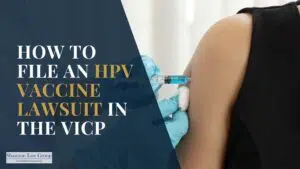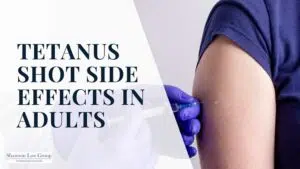
On June 18, 2020, the Illinois Supreme Court found that a paramedic driving an ambulance without a patient on a non-emergency trip was not covered by the immunity provision of the state’s Emergency Medical Services Systems Act.[1] The Court found that the immunity typically provided to paramedics when rendering medical care does not necessarily apply when an EMS driver is simply in route to a non-emergency transport.
The facts of the case
The case arose when a paramedic operating a Lifeline ambulance ran a red light at the intersection of Grand Avenue and Lake Shore Drive and struck the plaintiff’s vehicle while on the way to pick up a patient for transport to another location. Plaintiff’s complaint alleged that the ambulance did not have its lights or sirens on at the time of the collision, was not proceeding to an emergency at the time and that no one on board was providing emergency or non-emergency medical services at the time.
Under Illinois law, paramedics are immune from liability for negligence when they are rendering emergency or non-emergency medical services. The defendant ambulance company filed a motion to dismiss, claiming its driver’s actions fell under the immunity provision. Circuit Court Judge Allen P. Walker granted the defendant’s motion to dismiss.
Illinois Supreme Court upholds appellate court’s decision
Justice Michael J. Burke authored an opinion affirming the appellate court’s reversal Judge Walker’s decision to grant defendant dismissal. Ultimately, the Court rejected the defendant’s argument that the paramedic was performing non-emergency medical services when he was en route to transport a patient. The Court relied on the definition of “non-emergency medical services” in the Act, which includes medical services rendered to patients “during transportation of such patient to health care facilities.”
The Supreme Court agreed with the appellate court’s conclusion that “had the legislature intended to provide immunity for the negligence of an ambulance driver while en route to pick up a patient for transport as suggested by defendants, it could have included the activity within the definition of non-emergency medical services.” The appellate court noted that the legislature had not done so and refused “to do so under the guise of statutory construction.”
This decision holds paramedics accountable in non-emergency situations
The Court distinguished this situation from those in which the plaintiff alleged that paramedics were called for and arrive to assist a patient in need of emergency, but omitted to provide medical services and those where preparatory conduct was integral to providing emergency treatment.
Defendant argued that the mere act of driving to a pickup for non-emergency transport is “preparatory conduct that is integral” to providing medical care, but the Supreme Court disagreed. Because the driver’s acts and omissions in driving and then running a red light were not integral or in any way related to providing non-emergency medical care, the ambulance company is not shielded from liability by immunity.
The Court found that in enacting the EMS Act, the legislature “envisioned protecting paramedics locating patients who are subject to the non-emergency transport at the pickup location, assessing their condition, perhaps transporting them on a gurney to lift them into the ambulance, and rendering other preparatory conduct that is integral to providing medical care at the scene,” but not a driver violating traffic laws while on the way to a non-emergency transport.
The Court’s decision encourages the safety of the motoring public and holds EMS drivers in non-medical situations to the same traffic standards as every other driver on the road.
[1] Hernandez v. Lifeline Ambulance LLC, 2020 IL 124610.
Schedule Your Free Consultation Today



